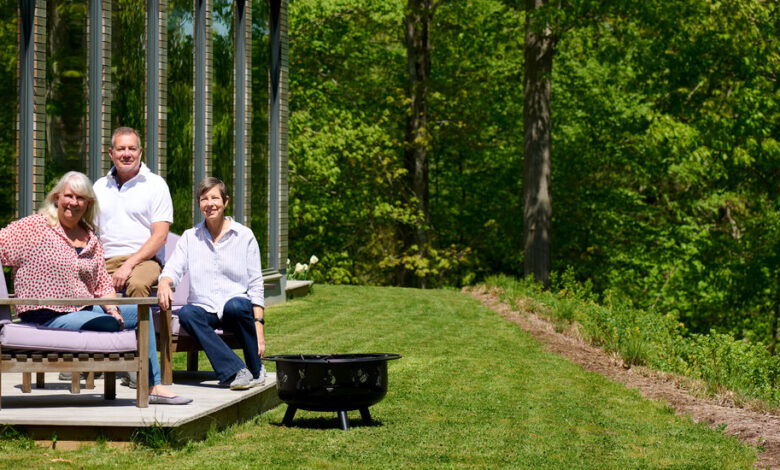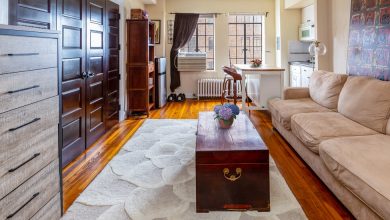Aging in Place Comfortably and Stylishly

[ad_1]
As baby boomers born between 1946 and 1964 continue to age, the U.S. Census Bureau predicts that people over the age of 65 will outnumber those under the age of 18 as soon as 2034. To address the needs of this rapidly growing population, AARP encourages its members to carefully consider ways to make their homes places where they can comfortably and safely age in place.
These kinds of upgrades can start with simple things like installing task lighting in kitchens to accommodate fading eyesight and multi-height countertops to allow people of all abilities to both stand and sit while working in the kitchen, investing in nonslip tiles and grab bars in bathrooms, and relocating select electrical outlets to be 18-inches to 24-inches high, up from the more typical 12 inches off the floor to make them more accessible. Bigger changes can include enlarged doorways to allow for wheelchair access or a walker and adding ramps to eliminate stairs.
Dr. Rodney Harrell, the vice president for Family, Home and Community at AARP, says intentional planning to create an ideal space to age in place can be started at any time.
“When we’re not planning ahead we need to react quickly,” said Dr. Harrell, who added that the best homes integrate universal design elements that can accommodate life for aging, but also unexpected illness, injury or disability. “The vast majority of people want to stay in their homes as they age, and most homes in this country aren’t designed to allow that to happen.”
There are a growing number of resources that can help in this planning process.
AARP recently introduced HomeFit, a free augmented reality app on iOS that can scan a room and suggest improvements to help turn a house into a “lifelong home,” free from safety and mobility risks. It is an extension of the organization’s extensive HomeFit Guide, which is available online.
There are also certified aging-in-place specialists, a wide range of professionals including remodelers, designers, architects and occupational therapists, who can recommend modifications to help people live independently in their home. This designation was developed in 2002 by the National Association of Home Builders in collaboration with AARP and other experts. Specialists can be searched by state at nahb.org, which offers a three-day certification program.
Even the smallest safety updates can potentially be lifesaving.
Ted Porter, a co-chair for the Design for Aging Committee for the New York City chapter of the American Institute of Architects says the process of making an apartment or home aging-friendly can be relatively easy, inexpensive and done gradually over time.
[ad_2]
Source link






